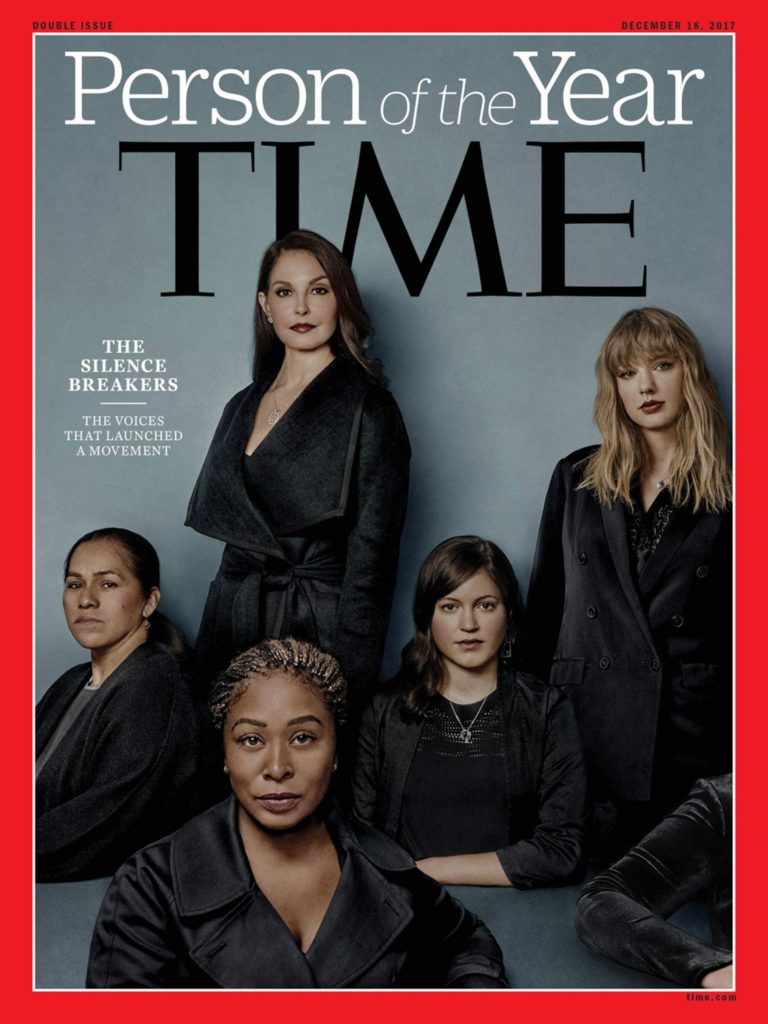Survivors of sexual harassment and assault didn’t need a magazine cover story to justify or validate ongoing cultural shifts.
Blunt and comprehensive cover stories are for the naysayers, “witch hunt” proclaimers, perpetrators and apologists who mistakenly believe this movement toward a more equal society is either overblown or will soon run its course.
“This is just the start. I’ve been saying from the beginning it’s not a moment, it’s a movement. Now the work really begins,” Tarana Burke, mother of the #MeToo movement, told Time magazine. The publication named as its persons of the year “The Silence Breakers” — those who could no longer stomach merely whispering about serial perpetrators of sexual harassment and assault.
These women and the millions more they represent don’t need a cover story to understand the depth and breath of repulsive and criminal acts perpetrated by those who feel entitled. It’s those who measure the timeline in terms of latest scandals (i.e., It’s been 9 weeks since Harvey Weinstein was publicly shamed; when will it end?) who need a better view.

The story is not that powerful people have behaved badly, or that the abused are finally speaking out. The story, which remains to be written, is how society responds to its now exposed ugly underbelly.
Do we deem it all too offensive and look the other way? Do we shy away from the complexities, rate it all too dangerous, and summarily toss all offenders into the same tar and feather pit? Do we make distinctions between words and actions, or crimes committed against adults and teenagers? Will we finally agree to approach all criminal and civil claims in the same way, even when sex is involved?
Following allegations in any other circumstance, the public is generally content to proceed with an investigation. If that investigation determines charges were without merit, we dig deeper: Why was this claim made? What could be gained?
Only in instances of sexual assault and harassment does society first scrutinize the accuser’s motive. Only in instances of rape, sexual assault and harassment do we immediately place the victim on trial in the court of public opinion. Only in relation to these types of allegations does media feel compelled to whitewash victims’ claims, using asterick-laden substitutes or euphemisms to soften harsh reality.
We blame victims for not immediately coming forward and fighting back, while we label the actions and words of their attacker too offensive to repeat — sharp-edged phrases intended to embarrass, degrade and humiliate; to reduce a person to an animal, object or reproductive body part. As Time authors note, reporters are obliged to say President Donald Trump “made a pass” at a woman instead of using his own phrasing that he “moved on her like a bitch.”
Choosing “The Silence Breakers” acknowledges this year as a turning point, but not yet an irreversible one. The cover photo, with one woman out of frame, is a nod to stories yet to be publicly told. It’s one more pushpin along the timeline of a decades-long movement that has yet to reach its goal.
This column by Lynda Waddington originally published in The Gazette on Dec. 9, 2017.
